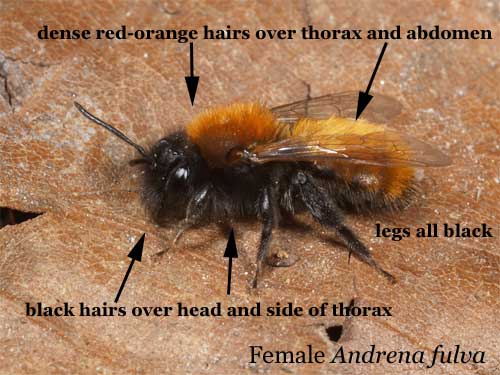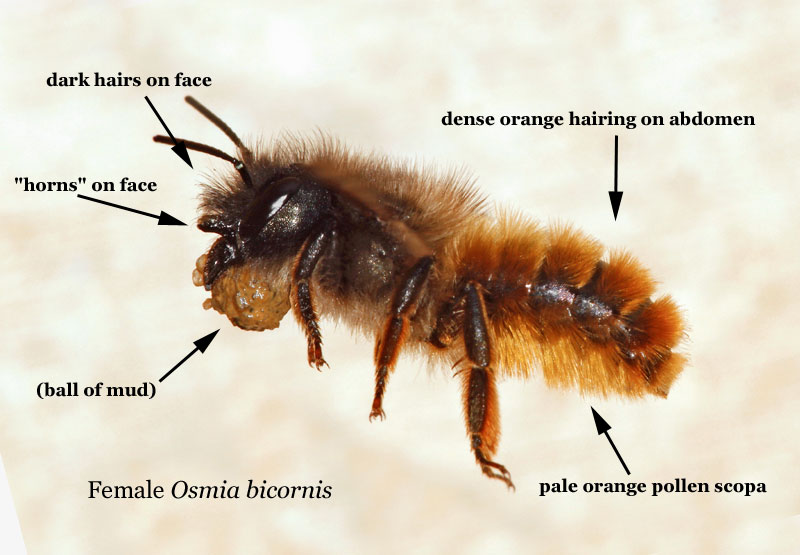Chelostoma campanularum - harebell carpenter-bee
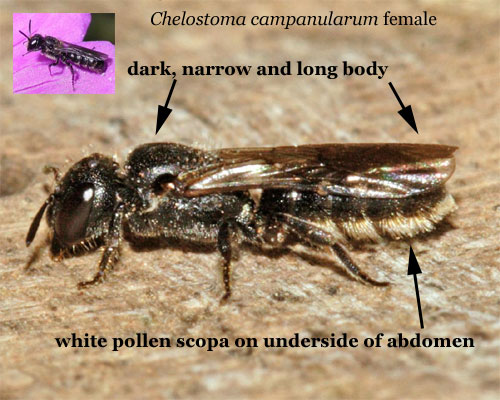 A tiny black bee associated with the flowers of various bellflowers (Campanula species). Common and widespread in much of England, but absent from Wales, Scotland and Ireland. It is commonly found in town and village gardens, and nests in old beetle holes or the exposed ends of thatch. Flies from June to early August
A tiny black bee associated with the flowers of various bellflowers (Campanula species). Common and widespread in much of England, but absent from Wales, Scotland and Ireland. It is commonly found in town and village gardens, and nests in old beetle holes or the exposed ends of thatch. Flies from June to early August
Key features: Female
- A narrow, all black species
- Most easily seen inside the flowers of… Read more


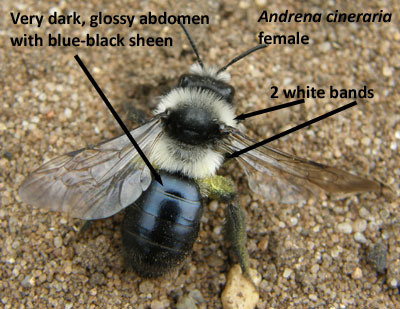
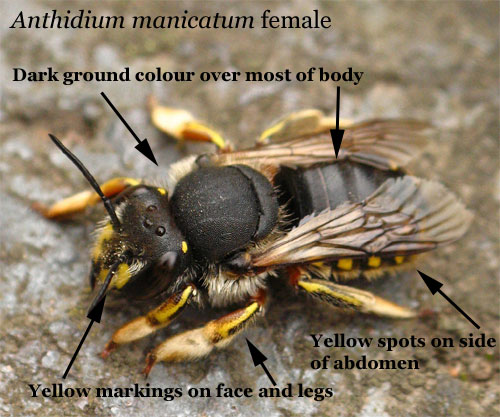 A large and robust summer flying bee that is highly territorial in behaviour. The aggressive males often patrol and defend favoured patches of flowers with considerable vigour. Widespread across England and Wales, and extending into south western Scotland. Common in town and city gardens. Its common name derives from its habit of collecting the hairs of the leaves of various downy plants to use in making brood cells. It flies in from…
A large and robust summer flying bee that is highly territorial in behaviour. The aggressive males often patrol and defend favoured patches of flowers with considerable vigour. Widespread across England and Wales, and extending into south western Scotland. Common in town and city gardens. Its common name derives from its habit of collecting the hairs of the leaves of various downy plants to use in making brood cells. It flies in from… 